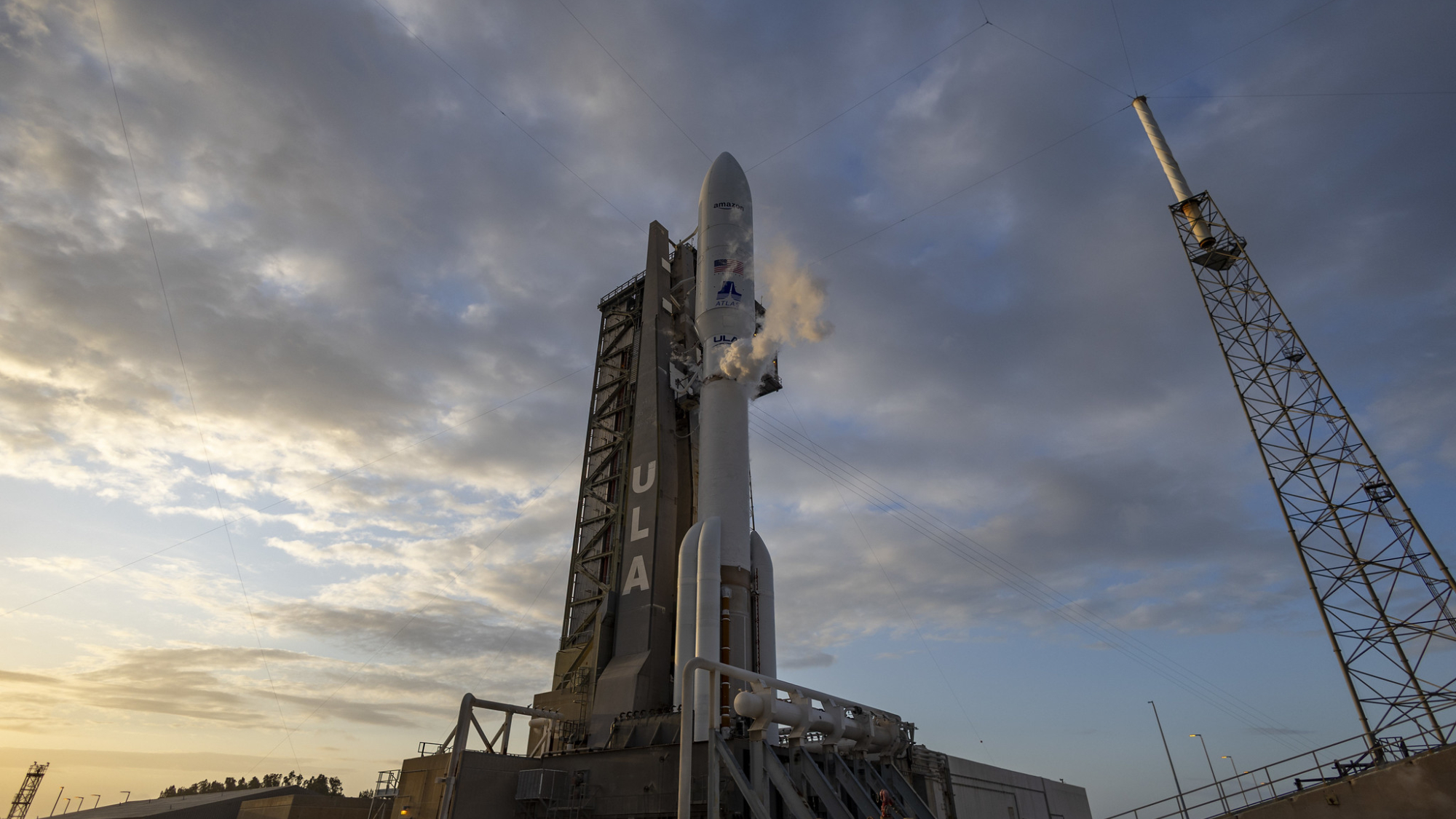How to watch the Geminid meteor shower 2024 live online tonight (Dec. 13)
Despite the nearly full moon illuminating the skies, the Geminid meteor shower could still put on a great show tonight.
The Geminid meteor shower peaks tonight (Dec. 13) but if you're unable to catch the prolific shower in person, you can still enjoy this spectacular event from the comfort of your home.
Astronomer Gianluca Masi of the Virtual Telescope Project is offering a free livestream of the Geminid meteor shower on Dec. 13, starting at 6:00 p.m. EST (2300 GMT), weather permitting.
You can watch all the action unfold here on Space.com courtesy of the Virtual Telescope Project, or directly on their WebTV page or YouTube channel.
Unfortunately this year, the bright near-full moon will wash out the fainter meteors, but we can still expect some impressive Geminids.
"While this shower offers at its peak 100 meteors per hour under dark skies, this time we can likely expect 15 shooting stars per hour," according to Masi. "We will set up a special, very large field of view equipment in Manciano, under the darkest skies of Italy and will share the brightest meteors in real-time!" Masi continued.

Keep up to date with what you can see tonight with our night sky live blog.
The Geminid meteor shower is famed for being one of the brightest and most reliable meteor shower events of the year. From the Virtual Telescope Project livestream from Manciano Italy, the dark skies will give observers the best chance of catching a glimpse of an impressive Geminid, regardless of the bright moon.
Geminds are unusual because unlike other meteor showers that result from debris left over from comets, they are created by bits of near-Earth object 3200 Phaethon, an asteroid that may have undergone a collision with another object in the distant past to create a stream of debris. The strange asteroid behaves like a comet and orbits the sun every 1.4 years. When Earth passes through the debris left behind by Phaethon the "asteroid crumbs" heat up as they enter Earth's atmosphere and burn up in bright bursts of light.
Get the Space.com Newsletter
Breaking space news, the latest updates on rocket launches, skywatching events and more!

The Sony A7R IV mirrorless camera offers plenty of quality and value for money. Perfect for capturing stunning night sky shots. For a closer look, check out our Sony a7R IV review.
If you want more advice on how to photograph the Geminids, check out our how to photograph meteors and meteor showers guide and if you need imaging gear, consider our best cameras for astrophotography and best lenses for astrophotography.
Editor's note: If you capture an amazing view of the Geminid meteor shower or any other night sky view that you would like to share with Space.com for a possible story or gallery, send images and comments to: spacephotos@space.com.
Join our Space Forums to keep talking space on the latest missions, night sky and more! And if you have a news tip, correction or comment, let us know at: community@space.com.

Daisy Dobrijevic joined Space.com in February 2022 having previously worked for our sister publication All About Space magazine as a staff writer. Before joining us, Daisy completed an editorial internship with the BBC Sky at Night Magazine and worked at the National Space Centre in Leicester, U.K., where she enjoyed communicating space science to the public. In 2021, Daisy completed a PhD in plant physiology and also holds a Master's in Environmental Science, she is currently based in Nottingham, U.K. Daisy is passionate about all things space, with a penchant for solar activity and space weather. She has a strong interest in astrotourism and loves nothing more than a good northern lights chase!










